Canon EF 70-200 mm f/2.8L IS II USM
6. Distortion
|
|
Canon 70–200 IS II |
Sigma 70–200 OS |
Nikkor 70–200 VRII |
Tamron 70–200 |
Canon 70–200 IS |
|
70 mm |
−0.41%
|
−0.66% |
−0.26% |
−0.46%
|
−0.39%
|
| 135 mm |
0.25% |
0.31% |
0.49% |
0.36% |
0.31% |
| 200 mm |
0.45% |
0.66% |
0.70% |
0.64% |
0.54% |
| 280 mm (TC) |
−0.24% |
–0.18% |
– |
0.67% |
−0.19% |
The overall performance of the Canon shows the same tendency as its predecessor or the Sigma. In absolute terms, we have the same distortion value at both ends of the focal range and a negligible pincushion in the middle of the range. The Sigma and the Canon’s predecessor showed a bit higher values, the Nikkor behaved in a less symmetrical way – with smaller deformations at 70 mm but higher ones at the longer end of the focal spectrum.
Please Support UsIf you enjoy our reviews and articles, and you want us to continue our work please, support our website by donating through PayPal. The funds are going to be used for paying our editorial team, renting servers, and equipping our testing studio; only that way we will be able to continue providing you interesting content for free. |
- - - - - - - - - - - - - - - - - - - - - - - - - - - - - - - - - - - - - - - - - - - - - - - -
Let’s check how the situation looks on full frame. For obvious reasons the values are higher but luckily not much higher. At 70, 135 and 200 mm focal lengths the results are as follows: : −0.62%, 0.74%, 1.36%. After attaching the 1.4x converter the result was –0.80%.
The appropriate comparison with the Sigma and the Nikkor is presented in the following chart.
|
|
Canon 70–200 IS II |
Sigma 70–200 OS |
Nikkor 70–200 VRII |
|
70 mm |
−0.62%
|
−1.36% |
−0.78% |
| 135 mm |
0.74% |
0.75% |
0.85% |
| 200 mm |
1.36% |
1.59% |
1.39% |
| 280 mm (TC) |
−0.80% |
–0.80% |
– |
Also in this category you can notice the advantage of the Canon over its competitors although this advantage is slight because all three compared devices present a very good, high and even level.
| Canon 50D, 70 mm | |||
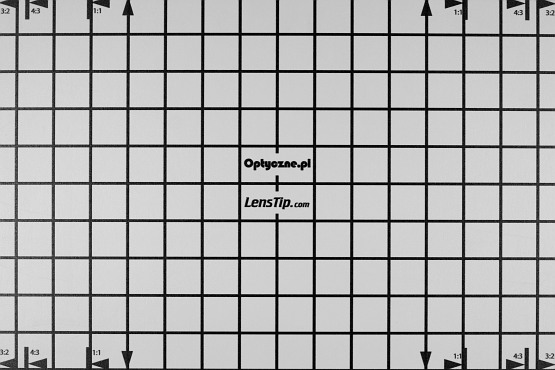
|
|||
| Canon 50D, 135 mm | |||
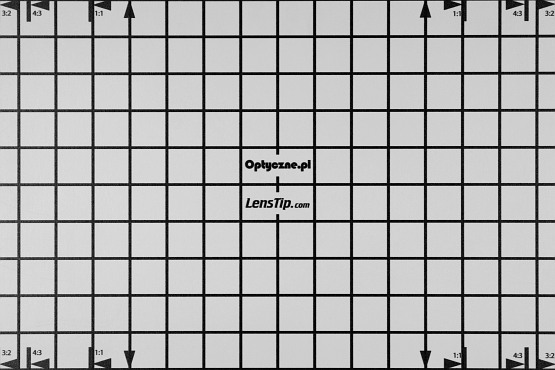
|
|||
| Canon 50D, 200 mm | |||
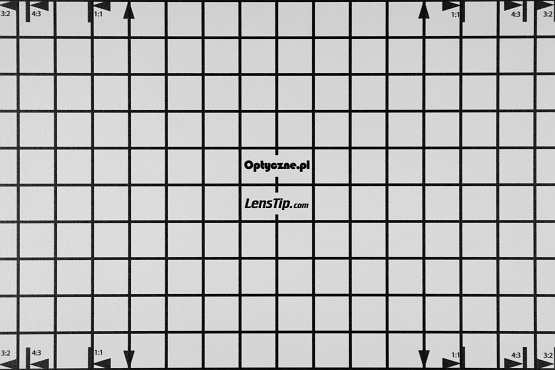
|
|||
| Canon 50D, 280 mm (TC 1.4x) | |||
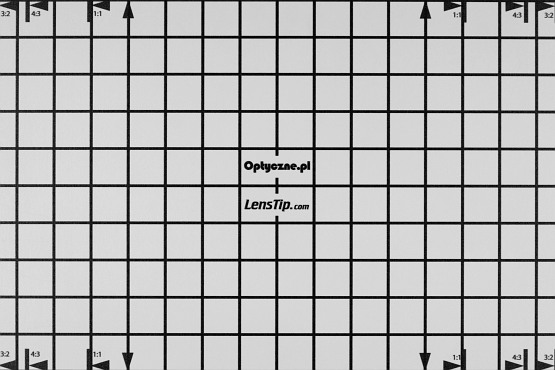
|
|||
| Canon 1Ds MkIII, 70 mm | |||
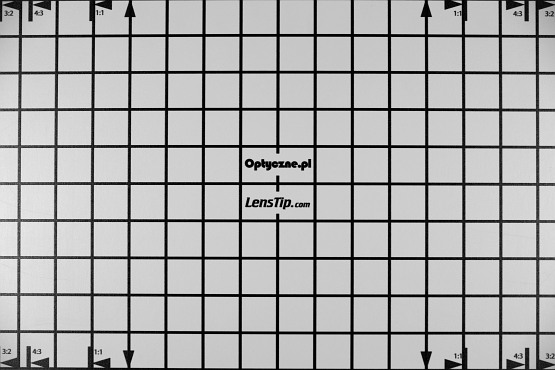
|
|||
| Canon 1Ds MkIII, 135 mm | |||
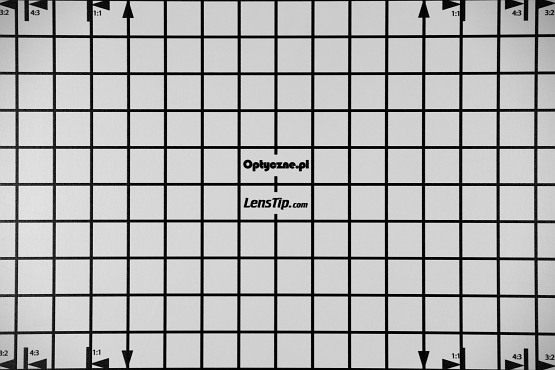
|
|||
| Canon 1Ds MkIII, 200 mm | |||
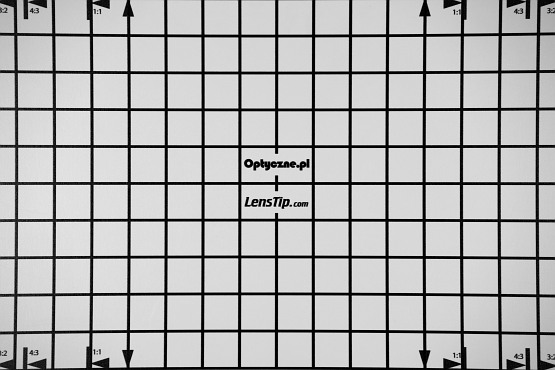
|
|||
| Canon 1Ds MkIII, 280 mm (TC 1.4x) | |||
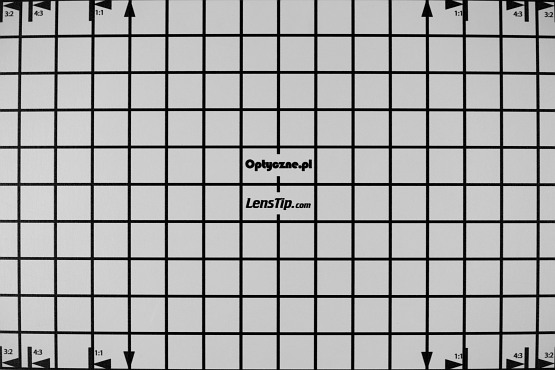
|
|||






